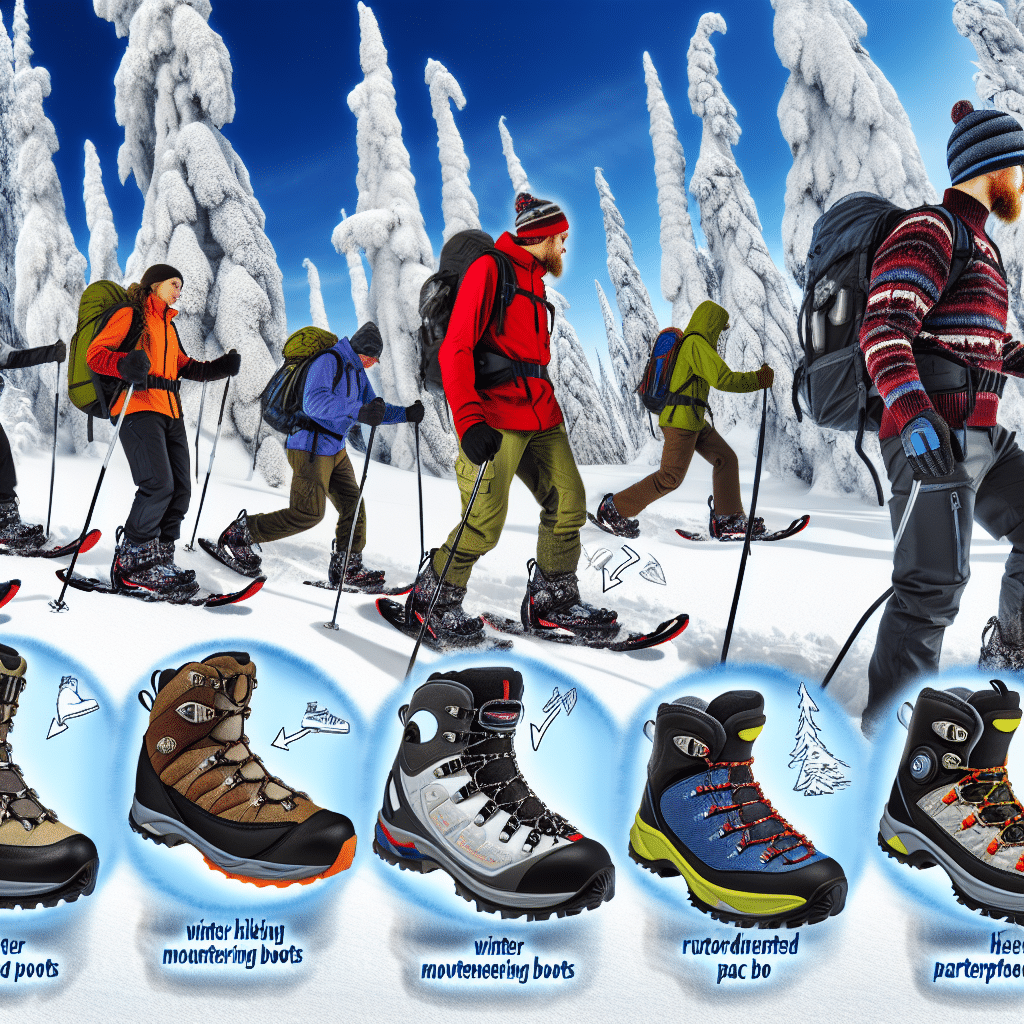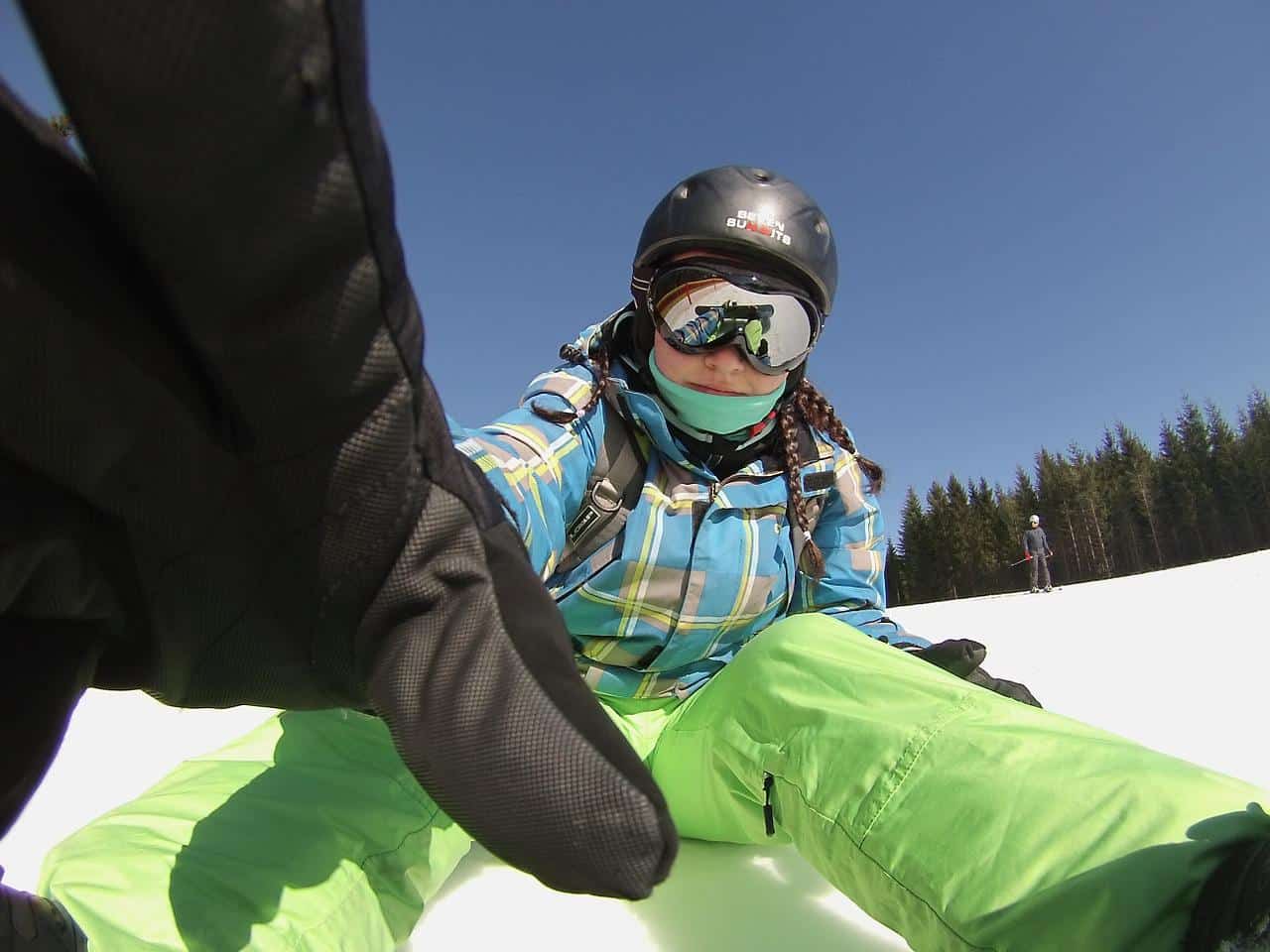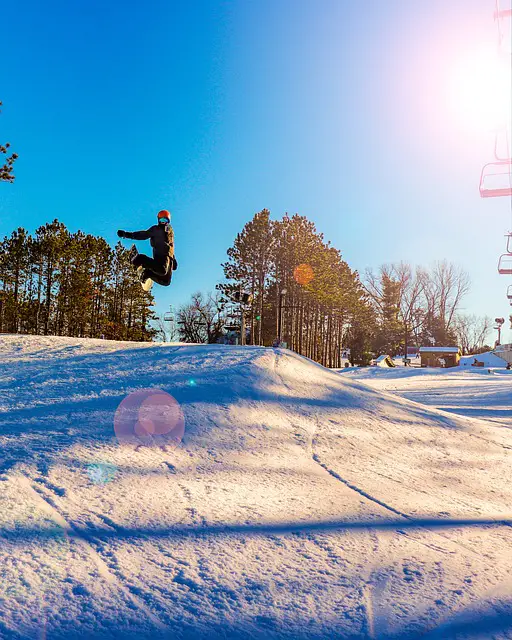Snowshoeing is a fantastic way to enjoy the great outdoors during the winter months. The activity combines the tranquility of a winter wonderland with the heart-pumping benefits of a robust cardio workout. However, to make the most of your snowshoeing adventure, it’s crucial to start with the right gear—and that includes choosing the right boots. So, what kind of boots should you wear snowshoeing?

Why Does Choosing the Right Boots Matter?
One of the foundational pillars of a good snowshoeing experience is the type of boots you wear. Ill-fitting or inappropriate boots can lead to various problems including blisters, cold feet, and poor snowshoe performance. Here’s why picking the right boots is essential:
Comfort and Fit
When you are snowshoeing, you are on your feet for extended periods. Therefore, comfort is crucial. Look for boots that provide a snug fit but still offer enough wiggle room for your toes. You might also consider getting boots with removable liners, allowing you to adjust fit and comfort levels more conveniently.
Warmth and Insulation
Snowshoeing often takes place in freezing conditions, so insulation is key. Boots should be able to keep your feet warm and dry throughout your adventure. Insulated boots with materials like Thinsulate or PrimaLoft are highly recommended.
Traction and Durability
Your boots should offer excellent traction to maintain stability on icy or uneven terrains. Look for boots with rubber outsoles that provide strong grip. Durability is another crucial factor; you want boots that can endure rough winter conditions without falling apart.
What Kind of Boots Should You Wear Snowshoeing?
The market is brimming with various types of boots designed for winter activities. However, not every boot is suitable for snowshoeing. Here are a few specific types you should consider:
Winter Hiking Boots
Winter hiking boots are often the go-to choice for snowshoers due to their blend of comfort, warmth, and durability. These boots are constructed to endure harsh winter conditions and usually come with waterproof features. Look for boots with Gore-Tex linings or other waterproof membranes to keep your feet dry.
Mountaineering Boots
If you plan on tackling more extreme adventures or higher altitudes, mountaineering boots may be a better option. These boots offer superior insulation and are built to handle rigorous terrains. Although they are on the heavier side, their robust construction ensures that they can withstand the elements.
Ski Boots
For those who might mix snowshoeing with skiing, ski boots can also be a viable option. These boots provide excellent insulation and are designed to fit securely into snowshoes as well as skis. However, they can be bulkier and less flexible than other types of boots.
Additional Tips for Choosing Snowshoeing Boots
Consider the Weight
While insulation and durability are important, you don’t want boots that are excessively heavy. Heavier boots can lead to quicker fatigue, limiting the distance you can cover while snowshoeing. Aim for a balanced weight that offers protection without bogging you down.
Try Before You Buy
Always try on boots with the socks you plan to wear during your snowshoeing trips. Pay close attention to how the boots feel on your feet. Walk around to ensure there are no pressure points or discomforts.
Break Them In
New boots can be stiff. Make sure to break them in before your first snowshoeing adventure. Wear them during short, casual walks to ensure they mold to your feet and become more comfortable.
Conclusion
To sum up, finding the perfect pair of boots for snowshoeing is not just about picking the first pair labeled ‘winter boots.’ It requires considering factors like comfort, insulation, and durability. Winter hiking boots, mountaineering boots, and even ski boots are all excellent choices depending on your specific needs. Remember, the right pair of boots can make your snowshoeing experience far more enjoyable and safe, allowing you to fully immerse yourself in the beauty of winter landscapes. Happy snowshoeing!



